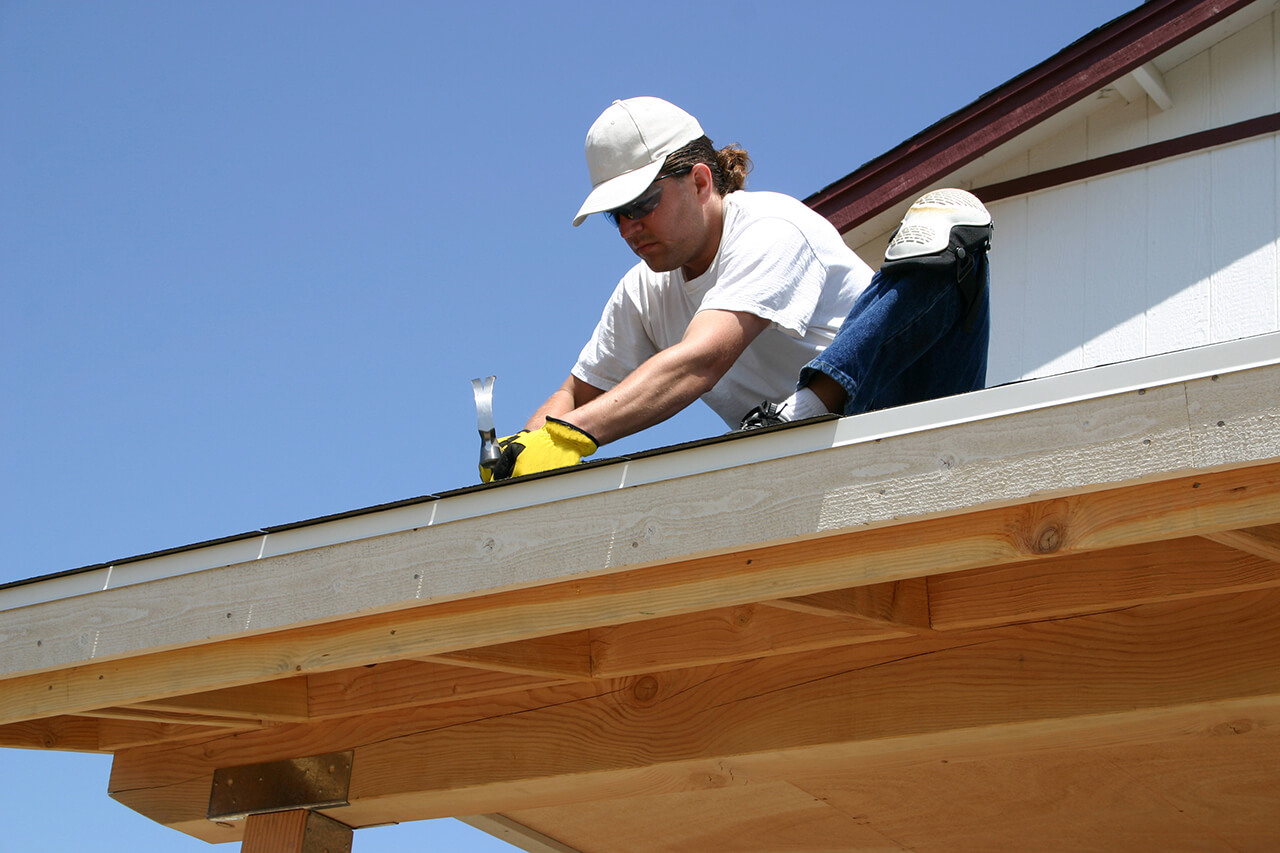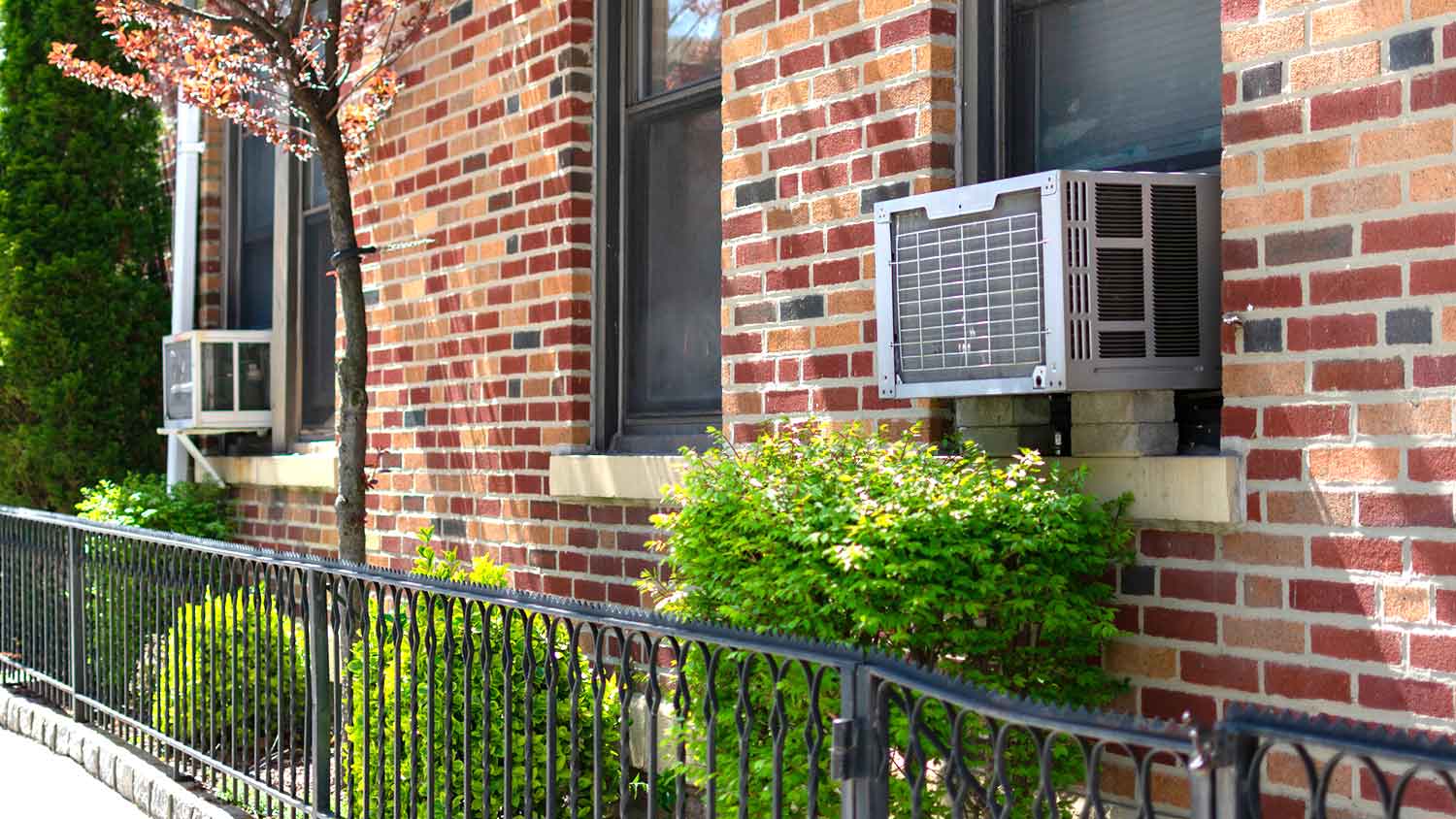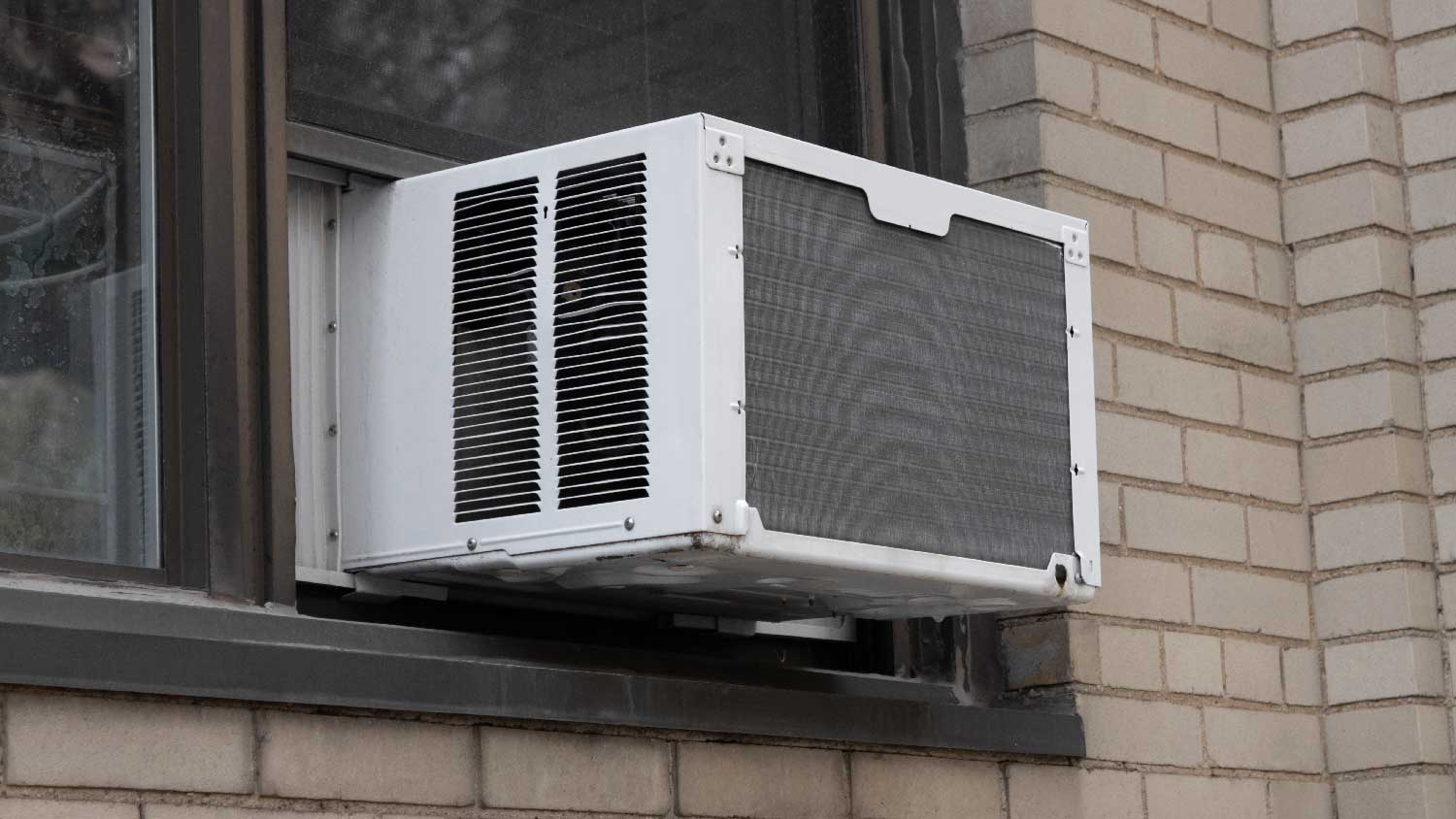
Use this guide to budget for roof repair costs based on factors such as roof condition, materials, size, repair type and severity, and more.
Appliance installation costs an average of $209


The average cost to install an appliance is between $123 and $298, with most homeowners spending $209.
Simple installations with existing hookups can cost as little as $75, while complex installations can reach up to $2,000.
Costs vary based on appliance type, the need for plumbing or electrical work, and any home modifications.
Professional installation ensures safe setup and proper functioning and maintains appliance warranties.
This article was updated using automation technology and thoroughly reviewed for accuracy by HomeAdvisor Editor Ryan Noonan.
Installing a new appliance costs most homeowners $209, with typical expenses ranging from $123 to $298. If you have all the right hookups and don't need professional assistance, you might spend as little as $75. However, if your installation requires new wiring, plumbing updates, ductwork additions, or alterations to cabinets or countertops, the cost can reach upwards of $2,000.
Several factors influence the cost of your appliance installation: the finish of the appliance, installation complexity, the need for plumbing or electrical work, and whether it includes smart technology.
Installing smart appliances costs between $70 and $500. Many appliances—including refrigerators, microwaves, washers, dryers, ovens, and dishwashers—now feature smart technology.
Professional plumbing and electrical costs vary depending on the work involved. Electricians charge $50 to $130 per hour plus parts, with most appliance electrical work totaling an average of $300 or more. Hiring a plumber costs between $45 and $200, depending on the complexity of your project.
Many large purchases from home improvement stores include standard installation. For custom appliances or when retailers don't offer delivery, you'll need to hire a professional installer. Installation difficulty varies by appliance type, as each kitchen or laundry appliance comes with its own considerations.
Hiring a professional appliance installer costs between $70 and $500. Installations that require structural changes or additional hookups will be on the higher end of this range. Generally, installers charge a flat rate based on the type of appliance you need installed. Here’s a breakdown of installation costs by appliance type.
| Appliance | Average Cost Range |
|---|---|
| Refrigerator | $130–$250 |
| Range | $105–$125 |
| Cooktop | $70–$155 |
| Wall oven | $200–$225 |
| Range hood | $120–$500 |
| Exhaust fan | $70–$105 |
| Dishwasher | $110–$270 |
| Microwave | $70–$500 |
| Washing machine | $50–$175 |
| Clothes dryer | $50–$175 |
Professional refrigerator installation costs between $130 and $250, though some installations may be higher, depending on the type of unit you purchase. If your refrigerator and freezer have a water supply line or ice-making function, your installation costs will be higher.
Installing an oven costs between $200 and $225. The total price for your oven range installation depends on whether you need additional wiring, an AFCI circuit breaker, or a gas line.
Installing a dishwasher costs between $110 and $270. If your appliance installation pro needs to alter or remove cabinets to fit the dishwasher under the counter, expect costs to be on the higher end of this range.
Installing a washing machine and dryer costs between $50 and $175 if all hookups and vents are already in place. For complex installations requiring custom hookups, plumbing, ducts, or duct cleaning, costs can reach up to $2,000.
Many home improvement and furniture stores include installation with your appliance purchase. If you buy elsewhere, hire a bonded and insured professional to ensure proper installation. DIY installation is not recommended—incorrectly setting up an appliance yourself can void your warranty, potentially leaving you with a $200 appliance repair bill. It can also cause damage to your home through overloaded circuits or improperly installed ductwork, and incorrectly fitted water lines can lead to flooding and costly repairs. To avoid these risks, always hire a professional appliance installer to follow safety guidelines and ensure that your new appliance is installed correctly.
No place is more important than your home, which is why HomeAdvisor connects homeowners with local pros to transform their houses into homes they love. To help homeowners prepare for their next project, HomeAdvisor provides readers with accurate cost data and follows strict editorial guidelines. We surveyed over 10,000 real customers about their project costs to develop the pricing data you see, so you can make the best decisions for you and your home. We pair this data with research from reputable sources, including the U.S. Bureau of Labor Statistics, academic journals, market studies, and interviews with industry experts—all to ensure our prices reflect real-world projects.
From average costs to expert advice, get all the answers you need to get your job done.

Use this guide to budget for roof repair costs based on factors such as roof condition, materials, size, repair type and severity, and more.

Need fascia and soffit repairs? Hiring a pro ensures proper installation, protects against pests, and prevents structural damage. Learn about common warning signs, material options, and how fascia and soffits safeguard your home from moisture.

Learn how to budget for a new fence by exploring cost factors such as the fence size, height, posts, gates, style, and labor requirements.

Who installs window AC units? Learn why HVAC technicians are the pros to call, when handypeople fit, and how pros complete safe installations

Wondering who fixes window AC units? Learn whether to call an AC repair company or an appliance repair pro, plus how repairs get done.

Unsure who to hire to test for lead paint? Learn whether to call a lead testing specialist or contractor and what to expect.